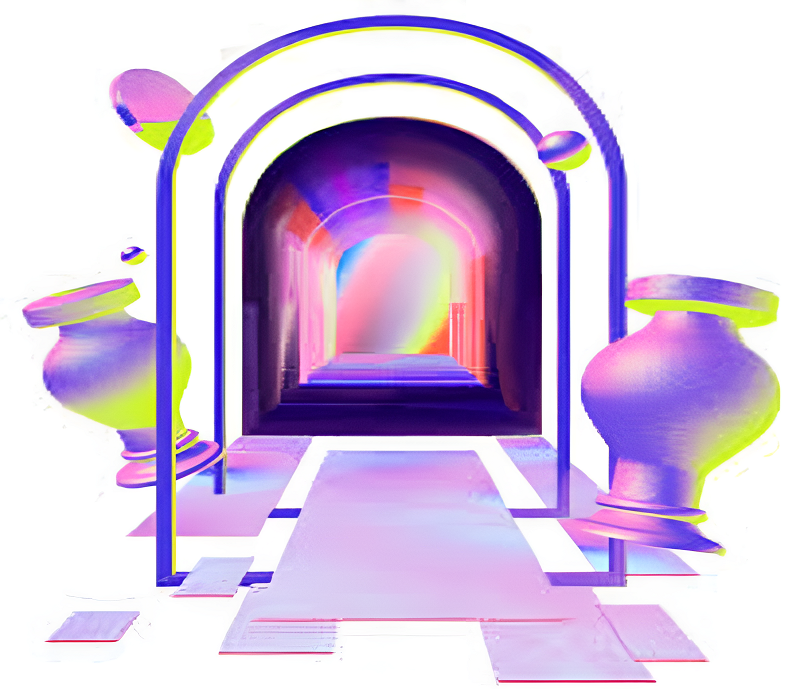Artificial intelligence is transforming how we live and work, yet how do we ensure we can trust these systems to perform as promised? That’s where the Keeper AI Standards Test enters the picture. Just like a soccer goalkeeper is evaluated by their ability to defend the goal, this test measures an AI system’s reliability, accuracy, and overall performance.
In this in-depth guide, we’ll go over what the Keeper AI Standards Test is, why it matters, how it works, and where it’s used in the real world. Written in simple, easy-to-understand terms, this article is for anyone curious about AI testing—no technical background required.
Why the Keeper AI Standards Test Is Necessary
AI is already present in our daily lives, from virtual assistants like Siri and Alexa to more complex uses like fraud detection in banking and diagnosis in healthcare. Without proper evaluation, however, AI can make mistakes—sometimes at considerable expense or even risk.
Keeper AI Standards Test ensures that AI systems meet strict performance criteria prior to their deployment. It checks for critical parameters such as decision-making speed, error rates, and adaptability. AI tools can fail when we need them most if not tested, resulting in financial losses, security attacks, or even physical damage in fields like medicine and autonomous driving.
This testing process is especially important as AI becomes more advanced. The systems that learn and evolve over a period of time must be under perpetual observation to make sure that subtle errors or biases do not creep in.
How Does Keeper AI Standards Test Work
The test evaluates AI on a number of parameters, simulating real-life problems to measure its capacity.
One of these is the reliability of data processing. AI must process large amounts of information with absolute accuracy. For example, in healthcare, AI analyzing medical scans must correctly identify abnormalities—failure to identify a tumor or incorrect diagnosis of a condition can be critical.
Decision timeliness is another critical measure. Some AI applications, like autonomous cars or stock market trading software, must react instantaneously to new circumstances. The Keeper AI Standards Test ascertains whether an AI possesses the ability to accept inputs and generate outputs sufficiently fast to be useful in time-critical applications.
Finally, the test examines consistency and flexibility. A well-trained AI should consistently perform well under different conditions and improve as it is subjected to new data. If an AI-powered customer service chatbot can only answer simple questions well but crashes with more complex ones, then it has not really met the minimum standards.
Major Attributes of a High-Functioning AI System
Not all AI are created equal. The best systems possess some attributes that the Keeper AI Standards Test looks for:
Accuracy – The AI must make very few mistakes, especially in critical applications like medical diagnosis or financial forecasting.
Speed – It must process requests quickly to be viable in practical application.
Scalability – The system must handle larger workloads without crashing or slowing down.
Bias-Free Decision Making – AI must not perpetuate unfair discrimination, whether it’s in hiring software, loan applications, or law enforcement systems.
Weak AI systems fail to meet one or more of the above. Some will excel under controlled testing only to break when exposed to untidy real-world data. Others will hide biases that won’t manifest until after extensive testing.
Real-World Applications of the Keeper AI Standards Test
This testing platform isn’t theoretical, either—it’s put into practice across industries to ensure AI tools are effective and safe.
In medicine, AI is utilized to diagnose disease, read medical images, and even predict patient outcomes. A misdiagnosis can be deadly, so thorough testing isn’t an option—it’s a requirement. The Keeper AI Standards Test helps ensure those systems are medical-grade accurate before they’re implemented in hospitals.
The banking sector employs AI in fraud detection, algorithmic trading, and credit scoring. A faulty algorithm may approve fraudulent transactions or unfairly deny loans. By adopting standardized testing, banks and fintech companies avoid these risks.
Autonomous vehicles are another critical area. Self-driving cars must make decisions in fractions of a second to avoid accidents. The Keeper AI Standards Test examines if such AI systems can properly interpret traffic conditions, recognize pedestrians, and act accordingly in emergency situations.
Even in customer service, where AI chatbots answer questions, testing ensures responses are accurate and helpful. A poorly trained chatbot could frustrate customers or provide incorrect advice, damaging a company’s reputation.
The Future of AI Testing
As AI technology advances, so must the testing. The Keeper AI Standards Test will likely feature new challenges, such as:
Testing for ethical AI – Ensuring AI doesn’t reinforce negative stereotypes or make prejudiced decisions.
Long-term learning tests – Seeing whether AI continues to improve or deteriorate over time.
Cross-domain adaptability – Seeing whether an AI trained for one task can apply its knowledge to other contexts.
Without them, AI systems can become outdated or even dangerous as they encounter new, unforeseen situations.
Final Thoughts: The Keeper AI Standards Test in an AI-Driven World
The Keeper AI Standards Test is not simply a technical requirement—a safeguard is what it is. Just as we would never anticipate an untrained goalkeeper to protect a championship match, we should never unleash AI systems without thorough testing.
From medicine to Wall Street to self-driving cars, AI is making decisions that impact our lives. Making sure these systems are accurate, unbiased, and reliable isn’t a choice—it’s a requirement.
As AI becomes increasingly complex, the need for standardized testing will only become more urgent. The Keeper AI Standards Test offers the template necessary to keep AI in balance, allowing us to reap its advantages while limiting dangers.



